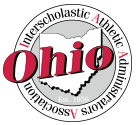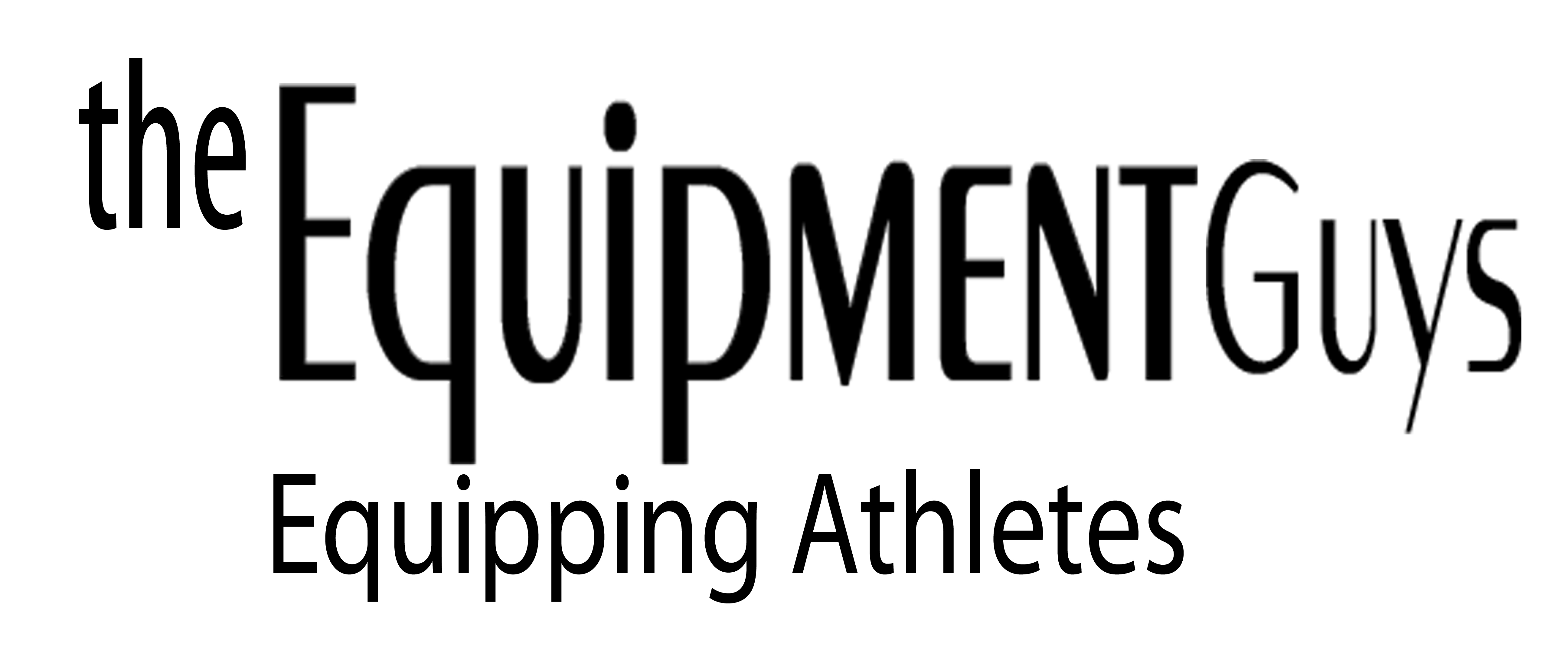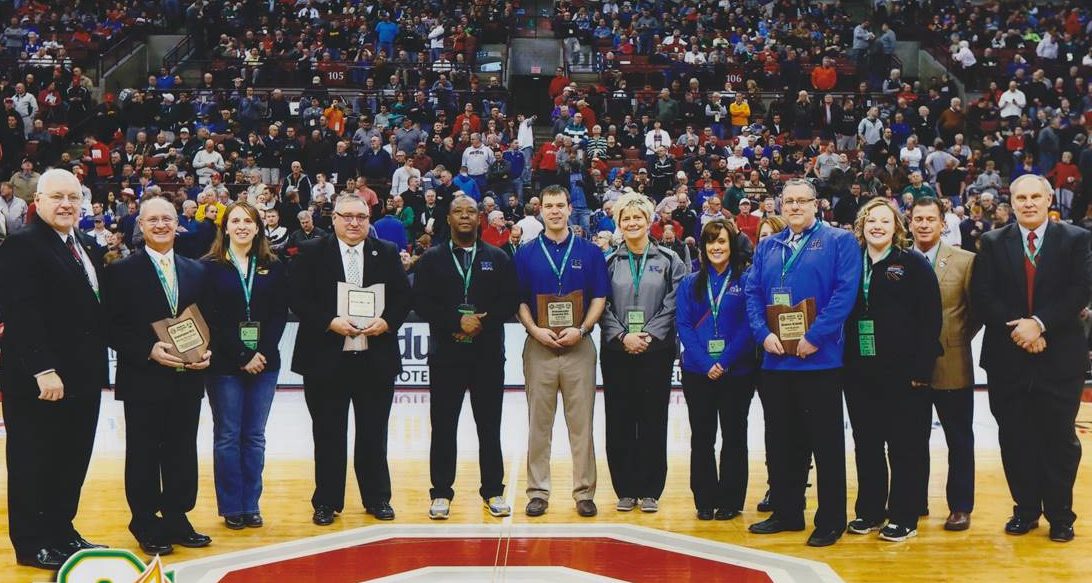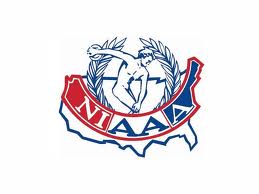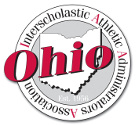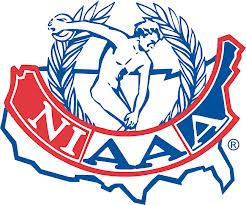Video: Athens Football and Weight Room
[hr style=”1,2,3,4″ margin=”40px 0px 40px 0px”]
[hr style=”1,2,3,4″ margin=”40px 0px 40px 0px”]
Port Clinton High School Weight Room Project
The weight room at Port Clinton High School was renovated as part of a district-wide strategic plan for our facilities. In addition to a new middle school and elementary school buildings, the high school classrooms are on a renovation schedule, receiving the latest technology to prepare our students for the 21st century. The weight room is home to our student athletes who do not compete at True Lay Stadium as there is an off-campus facility for football and track at the stadium. Our future goal is to utilize the PCHS weight room as part of our Wellness initiative to promote a healthy lifestyle for our staff and community.
The primary idea behind the design of the weight room was to create multiple stations in a limited space to effectively and efficiently train our athletes during their sports seasons, and in the off-season. The approach was “less is more”. The space is only 60 feet x 19 feet, and we wanted to be able to train 20+ athletes without the obstacles of bulky equipment. To accomplish this we chose four 850 Premium Half Racks with band attachments, twisters, dip bar attachments, and boxes for a multitude of ground based lifts with varying types of resistance. We added a single Fat Bar Connections between the racks which can be used as an additional training area for pull ups and Jungle Gym attachment.
A major focus of our training program is to prevent injury, and prepare our athletes to perform during competition. We believe in a balanced training program. Every push exercise must be accompanied by a pull exercise to create muscular balance across the joints. That is why we added three Lat Pull Down with Low Row machines, and three Glute Ham Raises as the only other machines and free weight equipment in our weight room. This gives us the ability to combine both push and pull exercises during training to maximize the limited time that sports teams have to lift during a sports season. We believe a strength and conditioning program during the season is just as important as the program in the off season. Weight training during the season is a major emphasis and we expect our coaches make it a main component of weekly practice plans.
To complement our core lifts we added two 8 foot, three tier Dumbbell Racks and two Med Ball/Kettle Bell racks full of free weights for a variety of multi-functional exercises. We also added two sets of stackable plyo boxes. Our Dumbbells, Medicine Balls, and Kettle Bells are all in multiples of four so our athletes can train with the weight they need, not the weight that is available. Once again the multiples of weights allows our athletes to reduce down time during training to maximize both practice time and training session time.
The last component of our weight room transformation, but is the most noticeable it the flooring and the finishing touches to our equipment. We chose Everlast Ultra Tile for the floor and added red tile to designate lifting stations for each rack. We added red accents to our 850 half racks to match the paint finish on our walls. The final accent to our racks are the rack banners with our school name and logo that were designed by the people at The Equipment Guys. The Equipment Guys did an amazing job of turning my vision of the banners into a reality.
I would like to thank the Equipment Guys on behalf of the Port Clinton City School District for the work they put in to help create our new weight facility. Their expertise was evident when it came to choosing the equipment, weights, accessories, and even color schemes. We have had many faculty members, students, and community members comment on the improved functionality and appearance of the space. Thank you for all your hard work.
Thanks,
Phil Fought
Strength and Conditioning Coordinator
Assistant Football Coach
Throws Coach Track and Field

